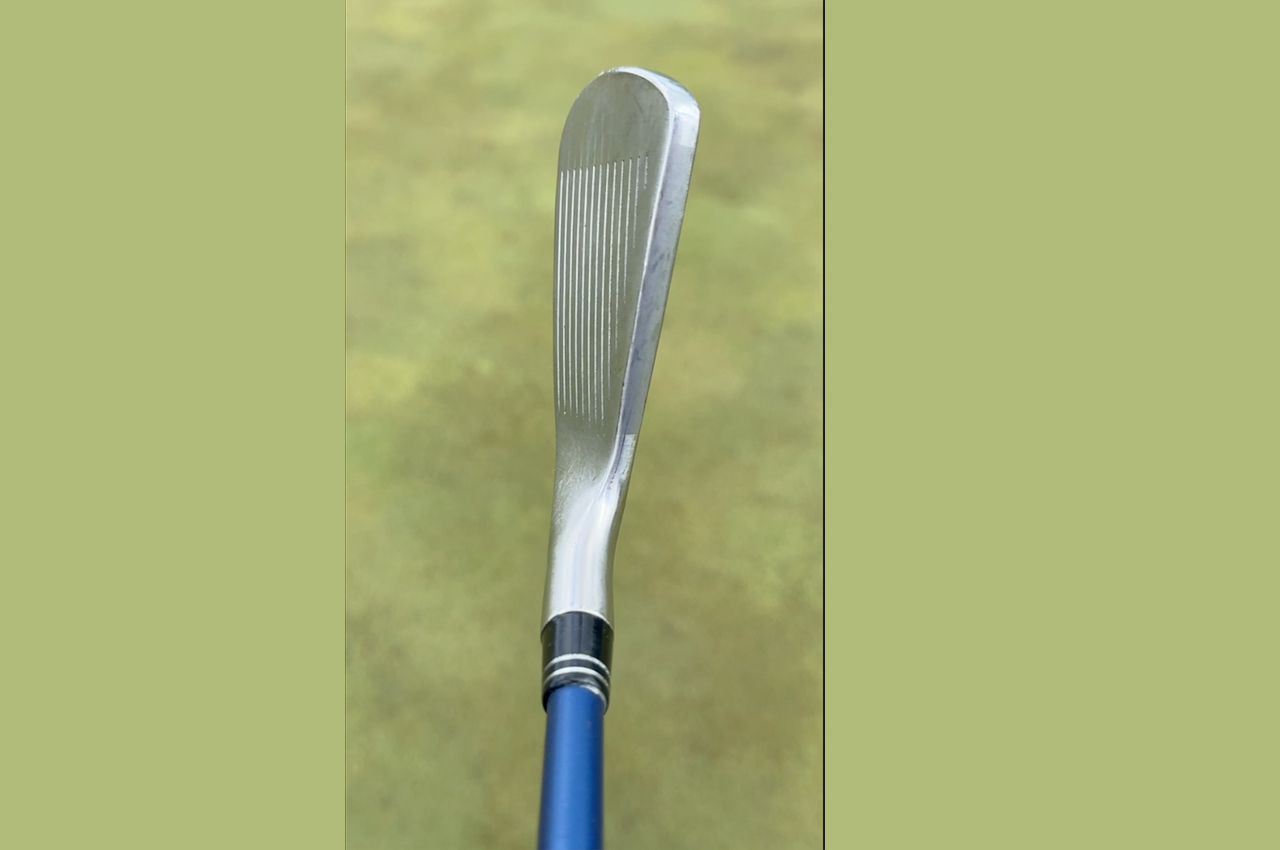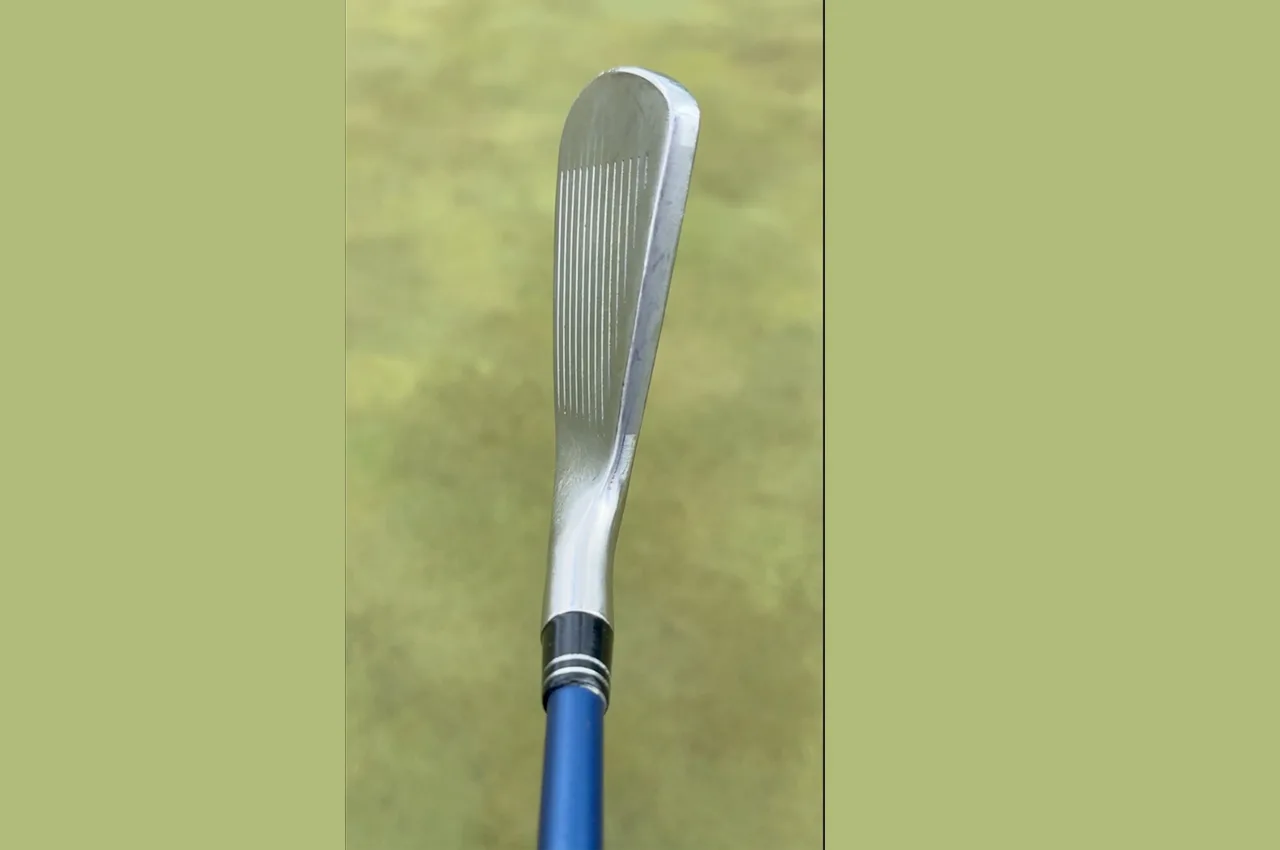Using a custom-made set of 3D-printed Avoda irons, Bryson DeChambeau shot an opening-round 65 at Augusta National and was in contention at this season’s Masters before nearly winning last month’s PGA Championship at Valhalla Country Club. The idea that his Avoda irons are 3D printed got everyone’s attention, as did the fact that they were approved for play by the USGA on the Monday of Masters week, but there is something else that makes them very unique: DeChambeau’s irons have curved faces.
You may not have noticed it, but your driver, fairway woods and hybrids are designed with faces that curve slightly from side to side and from top to bottom. The curvature from heel to toe is called a bulge, and the curve from the leading edge to the topline is referred to as a roll.
Irons, however, have flat hitting areas, and equipment companies often go to great lengths to make faces that are perfectly flat, so DeChambeau’s 3D-print Avoda irons are especially unique.
The gear effect
Playing the 12th hole during his practice round on Tuesday, DeChambeau talked with Golf Channel’s Johnson Wagner about his clubs and explained why he wanted curved iron faces.
U.S. OPEN: Tournament hub | Hole-by-hole | Odds, picks | How to watch
“The curvature on the face is kind of like a driver or a hybrid or whatnot,” he said. “It kind of caves in on the heel and caves in on the toe. So for the speeds that I have, when I hit it on the toe or the heel, it doesn’t over-correct. Most people think that MOI there, it doesn’t really effect the curvature, but it actually does at my speeds, at lower lofted and higher speeds. So, essentially, when I was hitting it on the toe I was hooking it like crazy. On the heel, I was missing it right like crazy. So I created curvature on the toe and the heel to get it started a little farther right on the toe and on the heel start it a little father left so it makes sure it doesn’t go too far offline. Much like the driver.”

Bryson DeChambeau’s Adoda irons have faces that curve from heel to toe. (David Dusek/Golfweek)
The situation that DeChambeau described to Wagner was, basically, an explanation of the gear effect, a very golf-y sounding term that most players don’t understand.
When a golf ball is struck on the toe or heel, the clubhead twists and imparts sidespin on the ball. On toe-side shots, the spin is counter-clockwise, so a right-hander’s shot will start to the right but hook back to the left. Conversely,…
..
Click Here to Read the Full Original Article at Golfweek…
